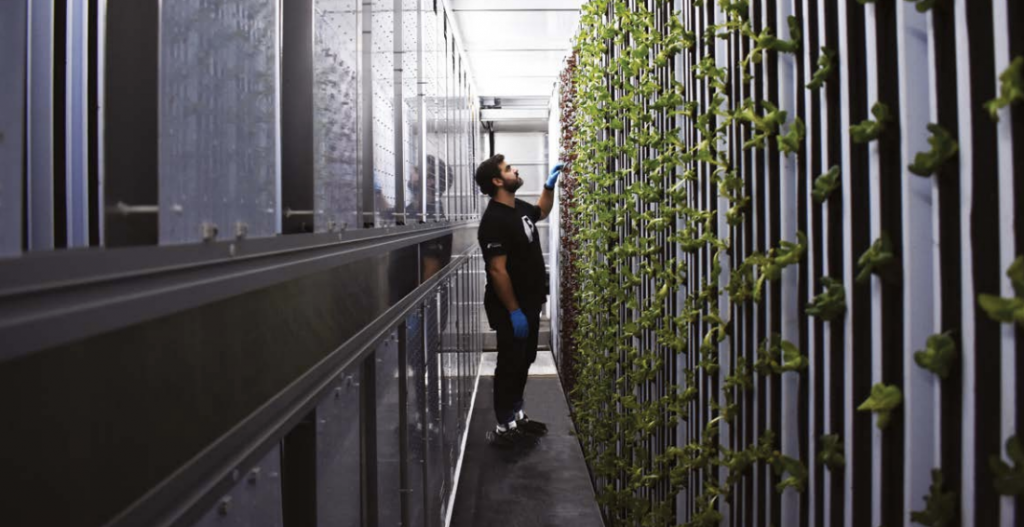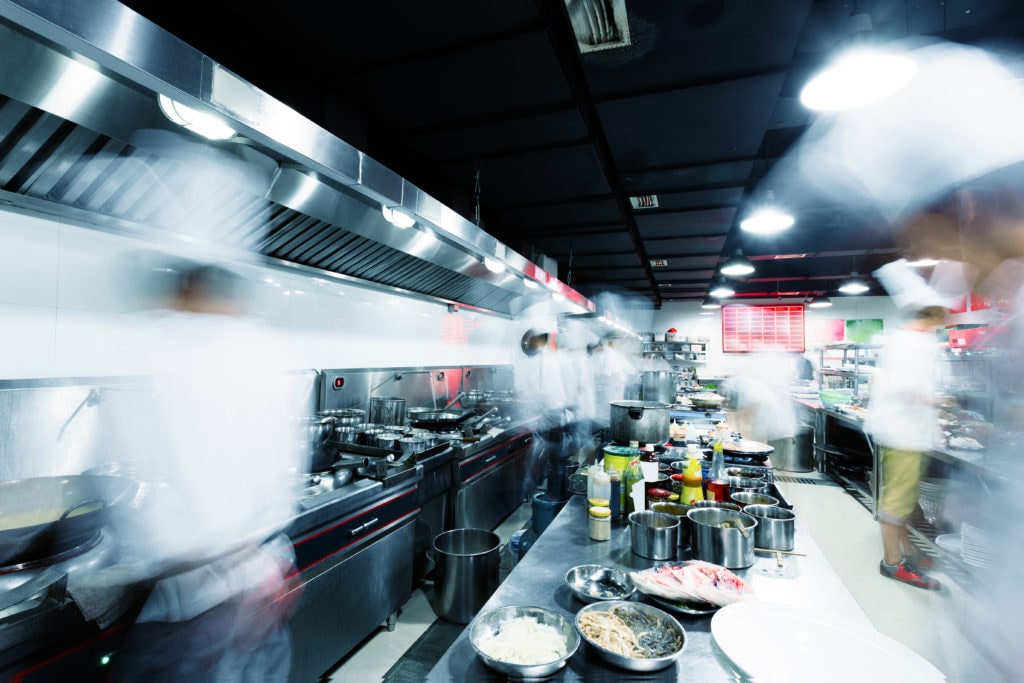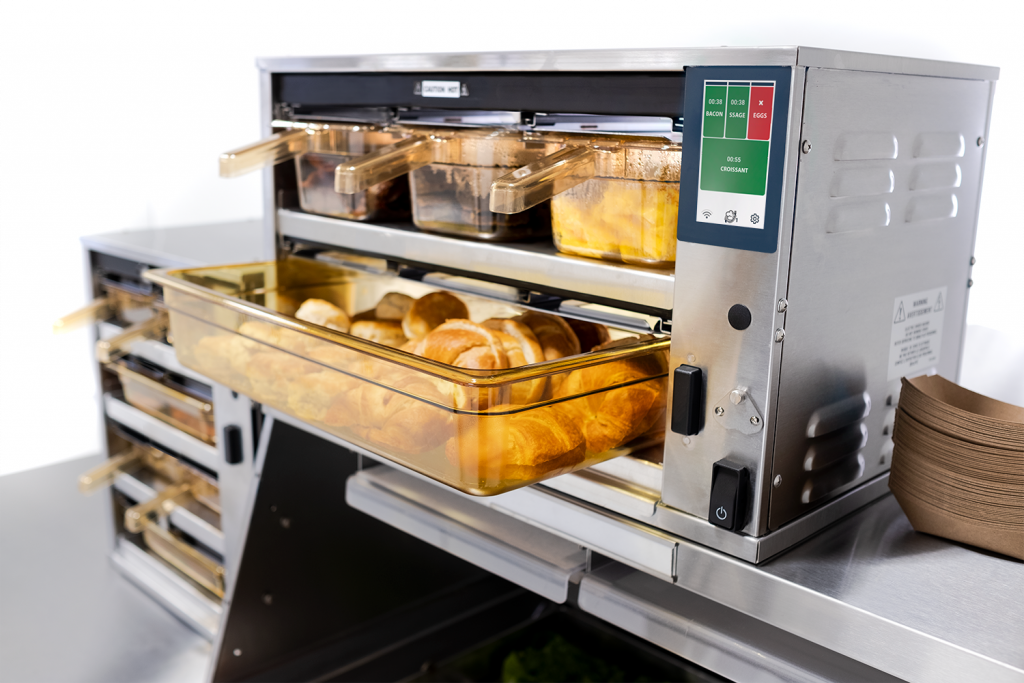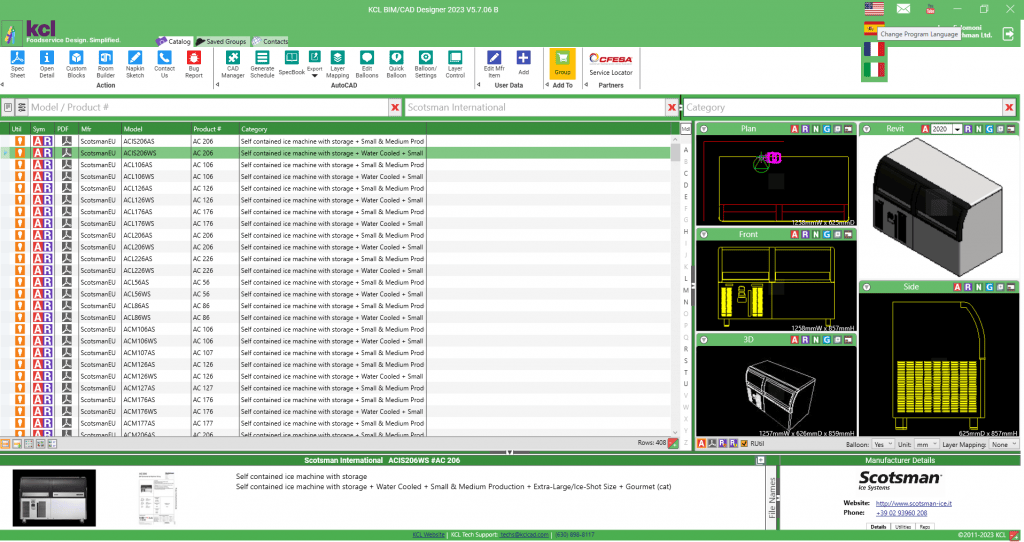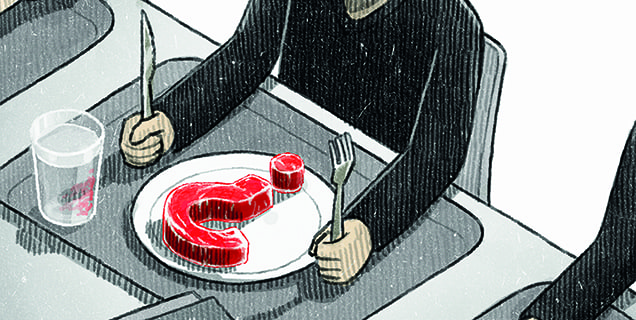
Napa Valley chef Curtis Di Fede won’t put chicken on his menu. But roasted hen? That he might do.
There’s not much difference; pretty much any chicken you’re getting in a California restaurant is going to be hen, not rooster. But to Di Fede using “hen” sounds more pleasant. It also does what he wants a menu item to do – start a conversation. “I really want people asking questions at the table,” he says. Experience has taught Di Fede something every successful chef/owner knows: the language of menus can speak volumes.
Storytelling
“People think of the menu as the dishes you offer. It’s not. The menu is where you start to tell your story,” says Bradford Thompson, a James Beard award-winning chef and founder of Bellyfull Consulting Inc., a full-service culinary consulting company with clients such as New York’s popular Miss Lily restaurants.
Thompson, who teaches kitchen and back-of-house skills at the International Culinary Center in New York, begins menu construction with the question: Who are you? If you can’t come up with a one-sentence answer – whether that’s the style of food, the history of the chef/owner, or some other thematic element – you’re in trouble, and this is how you end up with hundreds of items on the menu and zero personality.
“When you see a well-written menu, you see a point of view,” says Thompson. “Maybe you seem some whimsy. Maybe you’ll see a French-trained chef who’s spent some time in Asia. You’ll understand their story a little bit.”
Juan Martinez FCSI, principal at Profitality, a Miami-based industrial engineering consulting company, calls that starting point the “differentiating proposition.”
“You’ve got to have one otherwise you’ll be competing in a sea of sameness,” he says. An example of being different and clearly having a differentiating proposition is Miami’s Swine restaurant which – no surprise – specializes in upscale pig.
There’s no one way to write a successful menu, but there are a few common sense best practices. Functionally, you have to know what category you’re in – QSR, fast-casual, fine dining – as well as what you can deliver and how you’re going to deliver it. When it comes to picking your words, Martinez is in favor of wooing the diner; make the menu sexy. “If you say, ‘Hey, my salad has salmon vs. my salad has Wild Alaskan salmon’, those are very different salmon,” he says.
It’s a good idea to back up the menu with visuals. Giardino Gourmet Salads, a restaurant with which Martinez is involved, serves salad accompanied by freshly baked croutons. So the phrase “fresh-baked croutons” goes on the menu and is further reinforced by having the ovens up front so guests can see and smell the specialty.
Season with adjectives
For an upscale but still local type of place Thompson likes to list the protein, then the garnish, then the sauce, and keep that consistent. He lists anything that diners need to know about, for example, if there are peanuts in the sauce, but isn’t in favor of super-detailed descriptions. “I want to surprise people sometimes,” he says.
While there’s been a bit of a backlash against clichéd, florid descriptions – think “infused,” “house-made” – some words are simply more appetizing. You’re not just serving up shrimp and spuds – you’re serving butter-roasted shellfish with fingerling-roasted potatoes. “Now you’re picturing in your head the chef back there with the butter – it’s going to sound enticing to you,” Thompson notes.
As with seasoning, adjectives should be used judiciously, says Di Fede, who recently worked on the menu for his latest venture, Miminashi, a Japanese pub-style diner, opening in Napa this spring. His food is seasonal, so the menu will be changing frequently, but typically he’ll keep to just one adjective per description. No roasted this, sautéed that, deep-fried the other thing in one gulp. And he’s not in favor of being too cute. He’ll serve young carrots but not baby ones. “You wouldn’t put teenage carrots on there,” he points out.
Much research has been conducted into the impact of everything from font to layout choices on menus. Thompson used a fancy script at Mary Elaine’s in The Phoenician, a luxury resort in Arizona. Although not that easy to read, “you knew you were somewhere special and rare and interesting and expensive,” he explains. For a fast-casual restaurant he’d recommend big block letters and a minimalist approach emphasizing speed and convenience. Similarly, if something is important, says Martinez, put it in boldface since customers just don’t have the time to read it all.
Place and price
Placement matters. “There’s an entire school of thought and psychology on where your eyes follow,” says Thompson. Bottom left tends to sell better than top right, for instance, so sure-fire sellers such as warm chocolate cake can go in the less key spots while more adventurous items like sweetbreads get the prime eyeball territory.
Pricing is an art. There’s research indicating diners can stomach higher prices if there’s no dollar sign in front of them; some experts advocate using words instead of numbers to heighten this effect. Martinez’s best advice: Keep it simple and keep it real.
“There’s a lot you can do with language, but if you say you do something make sure you are really doing it because if you’re not – that’s the worst.”
Every menu tells a story. The trick is to make sure it’s one your customers will want to read, and re-read.
MENU DOS AND DON’TS
DO: List local suppliers where applicable; the farm-to-fork movement means diners are more interested in ever than knowing where their food comes from and whether it’s been farmed sustainably.
DON’T: Clutter up dish descriptions with a long shopping list of suppliers; it’s cumbersome and can stray into parody territory, notes Thompson. A brief list of farms, butchers, etc. at the bottom or on the back of the menu gets the job done.
DO: List key ingredients, especially those with strong flavors or potential allergens or with a unique sense of place. Think California Dungeness crab ramen.
DO: Be concise. Di Fede hates to see ahi tuna on a menu, which translates to tuna tuna. Yellowfin or albacore tuna, on the other hand, are useful descriptors.
DON’T: Have prices aligned at the right, says Thompson. Diners’ eyes will naturally gravitate to the lowest, rather than choosing based on the dishes.
DO: Use trigger words that get the mouth watering before the dish even appears – braised, pan-roasted, grilled.
DON’T: Kid yourself. Know what your staff can execute consistently. Often a menu is created in a lab or test kitchen that is phenomenal but when it comes time to execute efficiently and consistently during busy and slow periods, it may not be feasible. “Nobody walks out of a restaurant and says, ‘Man that was a productive or efficient meal I just had’, but if it wasn’t they may not come back,” says Martinez.
Michelle Locke

